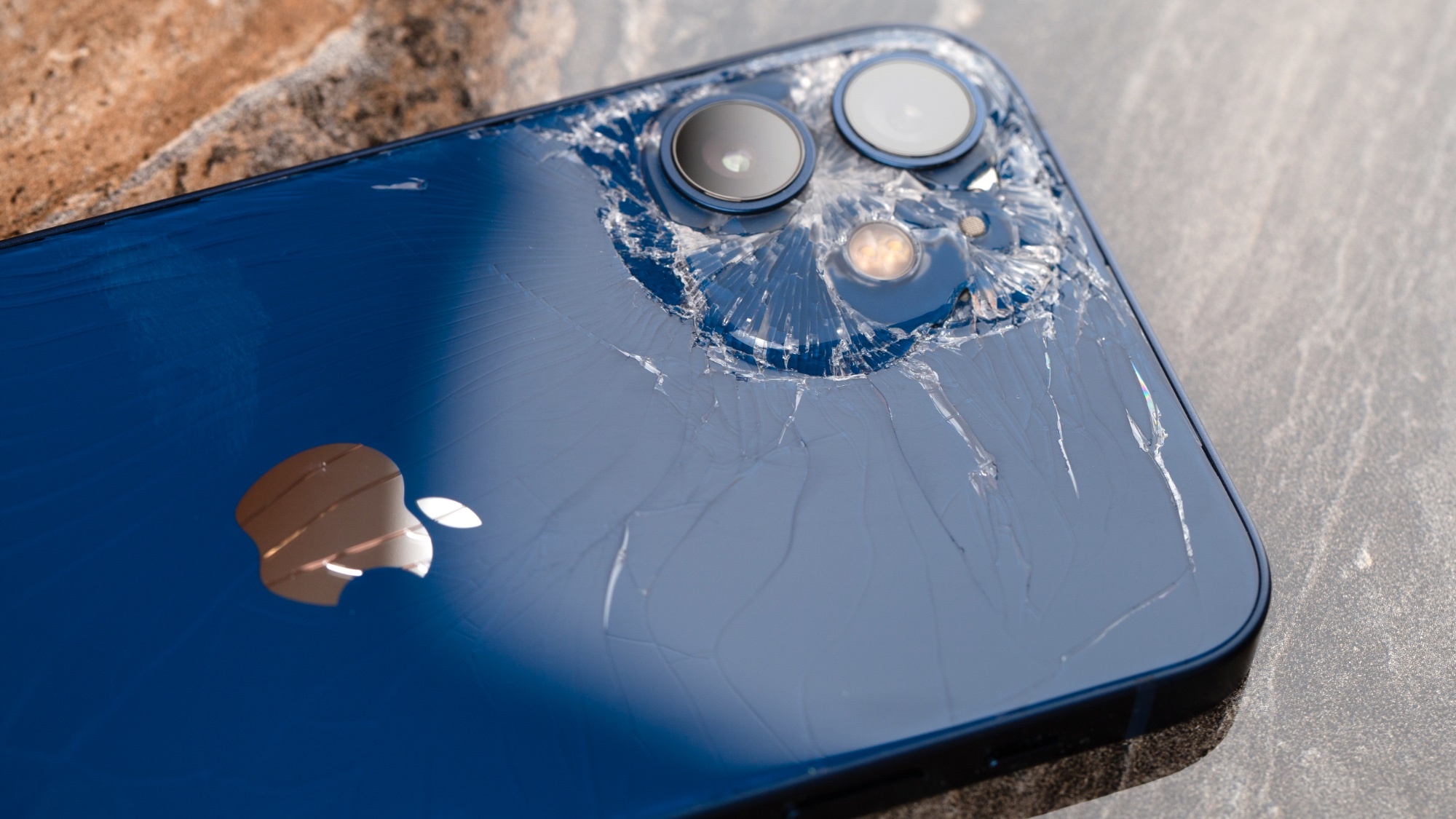Smartphones are great and are an integral part of our lives, but no matter how durable a device is, the worst can happen to even the best phones.
I used to work as a phone engineer for Samsung, and I have seen phones in some sorry states. One of the things I have noticed is that, when it comes to certain faults with hardware, people can be hit with indecision on what to do. As such, I’ve compiled this guide on certain steps that you can take to solve issues yourself or to lessen the damage before you get to a repair center.
One important thing to note is to be careful with all of these options and, if you have any doubts, go to a repair center straight away. Smartphones are expensive, and you don’t want to ruin them by doing something wrong.
Swollen batteries are dangerous
Phone batteries are, without a doubt, the most integral part of any smartphone, and companies have been improving their design for years. However, battery swelling is still very common, especially in older devices, and can be very concerning if you’ve never seen it before.
Your first reaction upon seeing a swollen battery might be to poke it, but I’d recommend avoiding that. Instead, what you want to do is ideally take the phone to have the battery replaced. However, that’s sometimes not possible, so the best thing you can do is to place the phone in a non-flammable container, like a bucket full of sand, in a well-ventilated area.
You can try to disconnect the battery yourself, and there are a couple of ways to do this. The first is to disconnect it from the main board. You’ll find the connection by following the thread from the battery, which should end in a simple clip. However, there is often a plastic cover protecting the board, which will require a small screwdriver to remove.
Not all of us have such tools, so the other option is to cut the thread, which requires ceramic scissors. I know you might be tempted to use metal ones, but that can lead to sparks, fire or a nasty shock. However you remove the battery, you’ll also need to lever it out of the phone by using a plastic pick or even a card. Ideally, you’ll have some isopropyl alcohol for the glue. Once the battery is out, you’ll want to place it in salt water to fully discharge it of any remaining power.
Make sure you do this kind of work in a well-ventilated area, with nothing flammable around and if you notice a burning smell or spark, back away quickly. Battery fires are fast, much faster than you’d expect. Also, don’t throw the battery away in the trash; you’ll need to find a proper disposal site.
Smashed screens are annoying and a pain to work around
Screen cracks are one thing, but we’ve all been in the situation where our screens are just shattered beyond repair. The ideal solution is to have them repaired, but the biggest issue is that it can often lead to the phone being reset by the engineer.
The first is to make sure you keep the phone in a container to avoid the glass falling away. Trust me, phone display glass is unpleasant, and you really don’t want it in your pocket or your hand. If you’ve not been backing up regularly, you’ll want to try and connect the phone to your PC or Mac. Ideally, if you have an Android phone, you’ll want to do this with a USB hub so that you can connect a keyboard or mouse to navigate.
The best long-term solution to avoid any issues with shattered screens is to keep your phone in a case and to make sure you keep a regular backup schedule. We have guides for how to do this on Android phones and on iPhones, so check them out if you’re unsure.
Your phone bending is scary, but solvable
Phone bending is becoming more of a problem as they get thinner, and there’s nothing more annoying than noticing your brand-new iPhone 16 Pro Max is starting to look more like the letter C. Thankfully, you have a couple of options available to you, depending on the severity of the bend.
For very light bends, you can try to bend the phone back into shape, although I wouldn’t really recommend this. If you are set on this option, however, then you’ll want to place the phone on a flat surface and apply gentle, even pressure across the device. The aim here is to tease the phone back into shape, not force it. You can also try putting the phone into a case that fully encompasses it, which will act as a kind of retainer for the process. Again, this isn’t recommended, but it is an option.
For more serious bends, you really only have the option of taking the phone to a repair center. This will either involve them trying to flatten the chassis with heat or, the more likely option, replacing the chassis completely.
These three faults aren’t uncommon for phone users, but that doesn’t remove the severity of the problem. Hopefully, this has been a bit of help, but we would always recommend taking precautions to protect your new phone to avoid these outcomes as much as possible.
More from Digitpatrox
Source link
